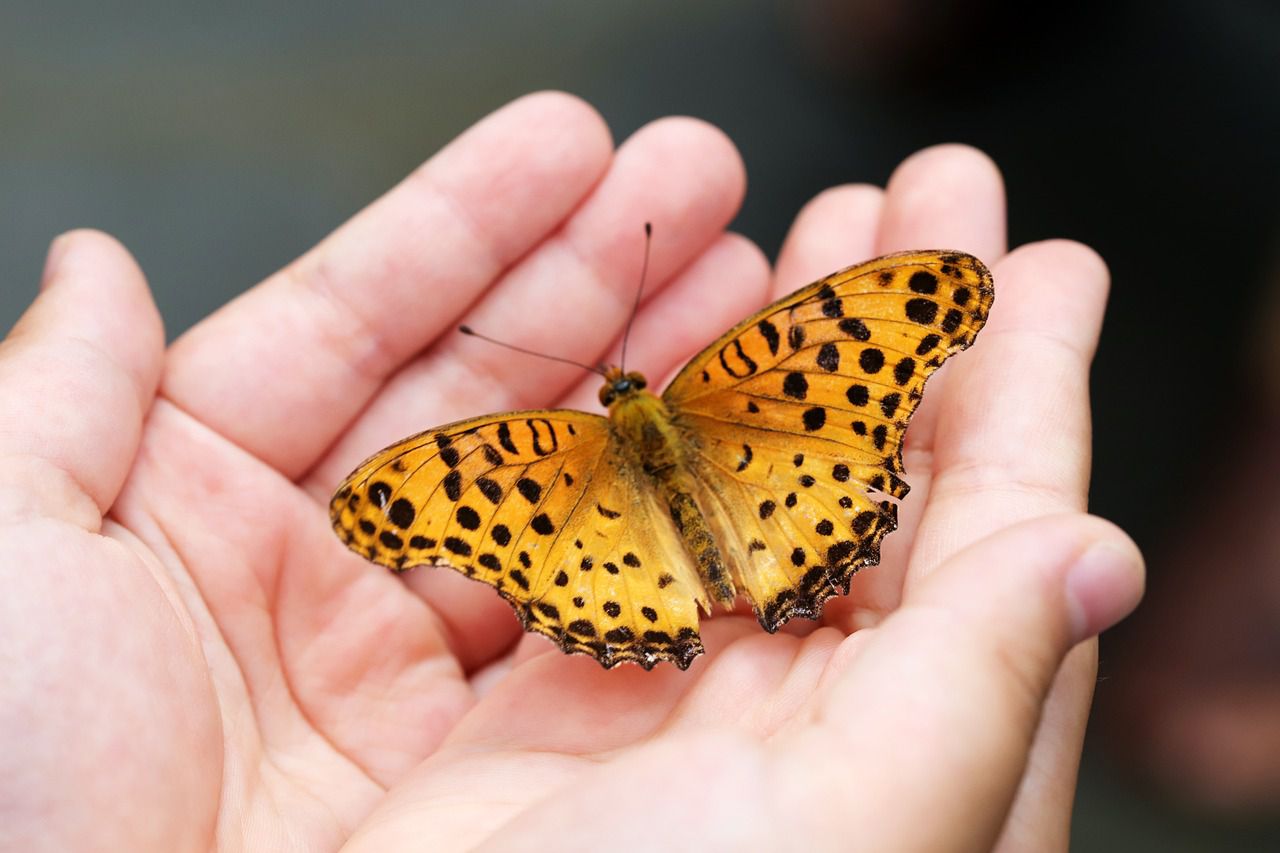Butterflies are beautiful - and that's why they are liked by most people, even those who generally don't like insects.
And they are also pretty interesting because of their unique structure and habits.
Let's learn more about butterflies.
Metamorphosis
One of the most remarkable aspects of butterflies is their life cycle, which involves a process called metamorphosis.
Butterflies undergo a complete metamorphosis, transitioning through four distinct stages: egg, larva (caterpillar), pupa (chrysalis), and adult butterfly.

Adaptations for flight
Butterflies possess unique adaptations that enable them to fly gracefully. Unlike other insects, butterflies have large, lightweight wings with delicate scales covering them.
These scales give their wings their characteristic coloration and also aid in aerodynamics.
Butterflies also have a specialized body structure, including a long, coiled proboscis (feeding tube), compound eyes, and strong flight muscles, all of which contribute to their ability to navigate the air with agility.
Migration
Some butterfly species undertake impressive long-distance migrations.
Monarch butterflies, for instance, travel thousands of kilometers each year, from Canada and the United States to Mexico, in search of suitable breeding grounds and favorable climates.
Sensitivity to environmental changes
Butterflies are known to be highly sensitive to changes in their environment, particularly in relation to climate.
They serve as indicators of ecosystem health and can provide insights into the impact of human activities on natural habitats.













